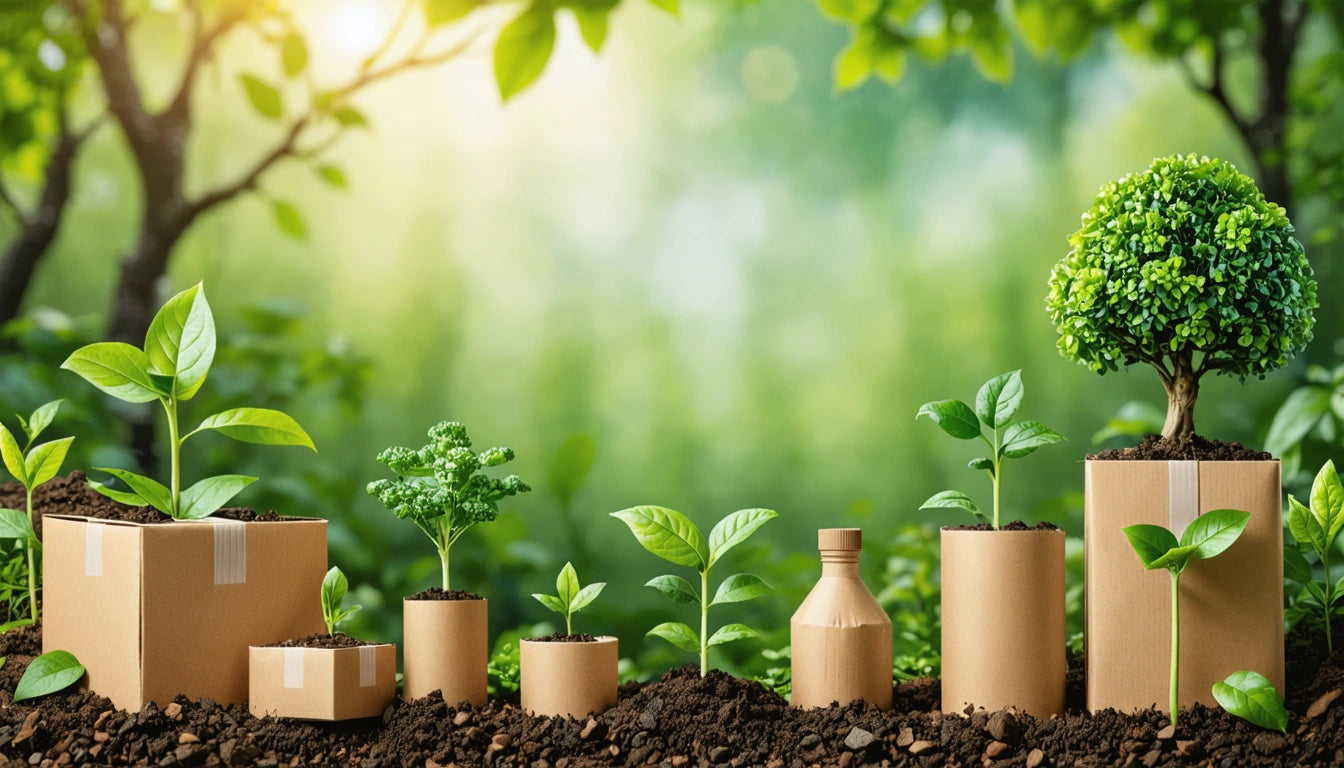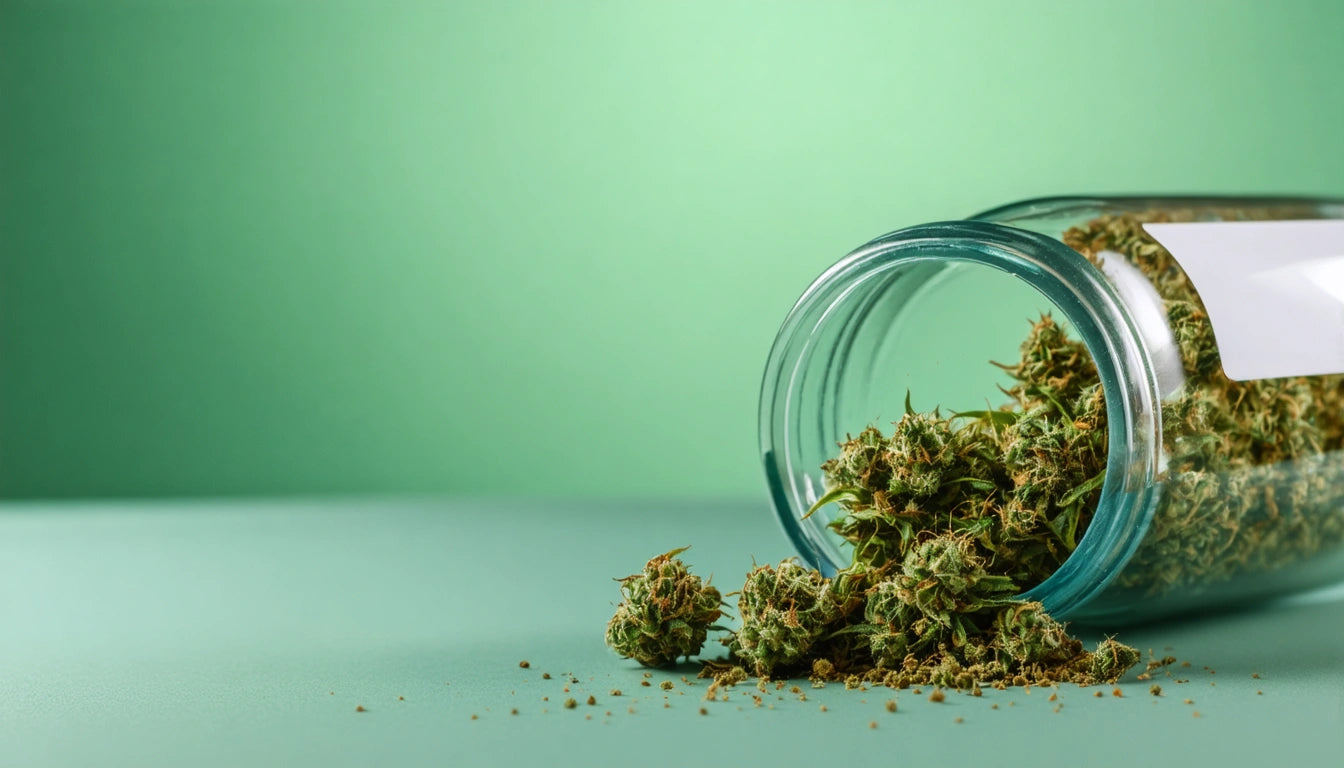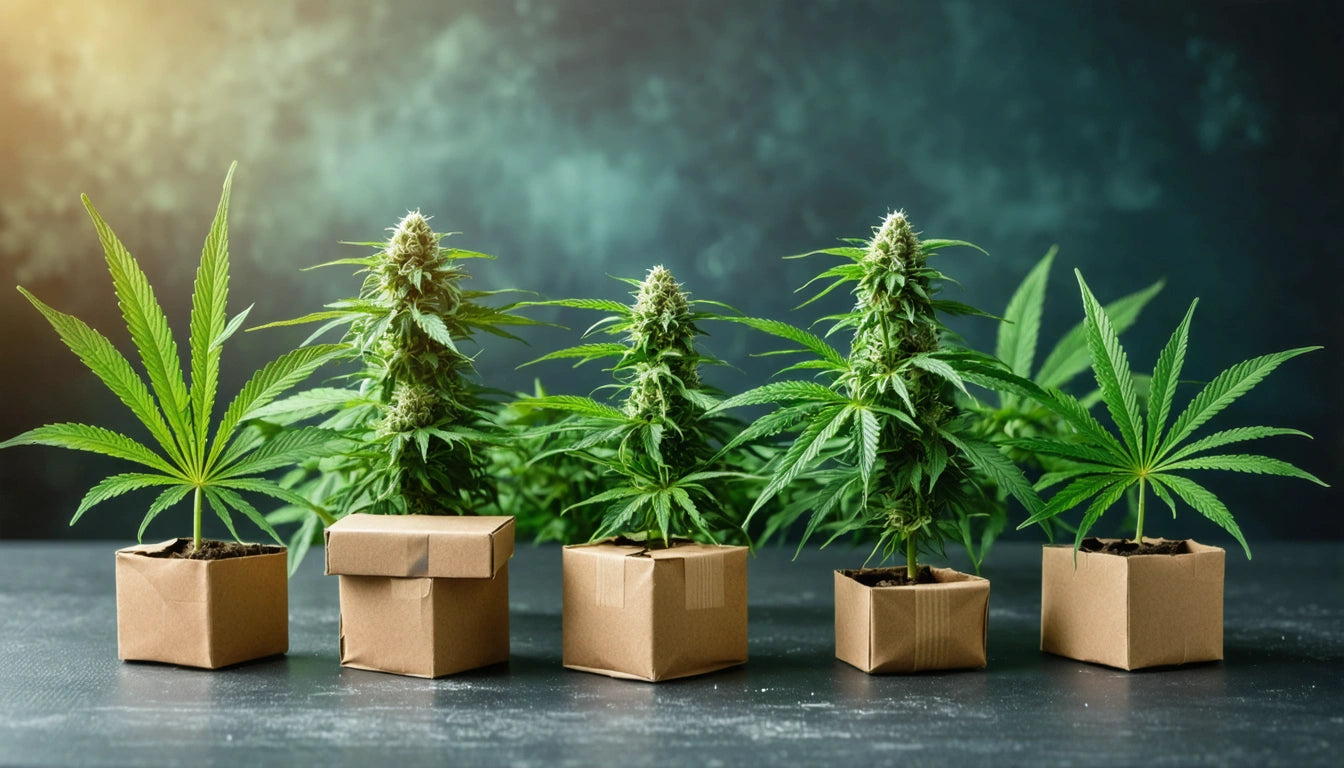Table of Contents
- The Real Environmental Impact of Sustainable Packaging
- Compostable Materials: Beyond Marketing Hype
- Mycelium Packaging: The Fungal Revolution
- Edible Packaging Alternatives
- Closed-Loop Systems and Reusable Packaging
- Mono-Material Packaging for Enhanced Recyclability
- The Evolving Role of Bioplastics
- Eco-Friendly Labeling Solutions
- Paper-Based Packaging Innovations
- The Minimalist Packaging Approach
- Implementation Strategies for Sustainable Packaging
10 Sustainable Packaging Ideas That Actually Help the Planet
As consumer awareness grows and regulatory pressures mount, sustainable packaging has evolved from a marketing advantage to a business necessity. However, not all eco-friendly claims deliver meaningful environmental benefits. This guide explores ten sustainable packaging solutions that offer genuine positive impact, backed by evidence and practical implementation strategies.
The Real Environmental Impact of Sustainable Packaging
Effective sustainable packaging addresses multiple environmental concerns: reducing carbon footprint, minimizing waste, conserving resources, and preventing pollution. The most impactful solutions consider the entire lifecycle, from raw material sourcing to end-of-life disposal or reuse. According to research on sustainable packaging ROI, brands implementing comprehensive eco-packaging strategies report 15-30% reductions in overall environmental impact.
Compostable Materials: Beyond Marketing Hype
Truly compostable packaging breaks down completely in industrial or home composting systems, leaving no toxic residues. Cutting-edge compostable options include:
- Plant-based films derived from cellulose or starch
- Bagasse containers made from sugarcane waste
- Hemp-based packaging with natural binding agents
The key distinction lies in certification standards like ASTM D6400 or EN13432, which verify that materials decompose within specific timeframes under controlled conditions. Without proper disposal infrastructure, even the best compostable packaging may end up in landfills where it cannot properly degrade.
Mycelium Packaging: The Fungal Revolution
Mushroom-based packaging represents one of the most innovative sustainable solutions available today. Created from agricultural waste bonded with mycelium (the root structure of mushrooms), these materials offer:
- Custom-moldable shapes for product protection
- Home compostability within 45-90 days
- Natural fire resistance without chemical additives
Mycelium packaging is particularly valuable for protecting fragile items during shipping, providing cushioning comparable to expanded polystyrene foam but with none of the environmental downsides. For cannabis products that require specialized protection and humidity control solutions, mycelium offers an eco-friendly alternative that maintains product integrity.
Edible Packaging Alternatives
Though still emerging, edible packaging solutions made from seaweed, rice paper, and other food-grade materials offer zero-waste potential for appropriate products. These materials:
- Dissolve completely in water or during consumption
- Contain no synthetic chemicals or preservatives
- Often require less energy to produce than conventional alternatives
While not suitable for all applications, edible films and wrappers excel for portion-controlled products or items consumed immediately after unwrapping.
Closed-Loop Systems and Reusable Packaging
Closed-loop packaging systems represent a fundamental shift from single-use to multiple-use models. These systems:
- Establish collection and sanitization infrastructure
- Design durable containers for 20+ use cycles
- Implement tracking systems to monitor returns
Companies implementing refill stations report up to 70% reduction in packaging material consumption while building stronger customer relationships through repeat interactions.
Mono-Material Packaging for Enhanced Recyclability
Mono-material packaging addresses a critical recycling challenge by eliminating mixed materials that contaminate recycling streams. By using a single polymer or material type throughout the entire package, these solutions:
- Simplify sorting and processing at recycling facilities
- Increase the likelihood of actual recycling versus downcycling
- Maintain material value through multiple recycling cycles
This approach has proven particularly effective for flexible packaging, traditionally one of the most challenging categories to recycle.
The Evolving Role of Bioplastics
While not a universal solution, bioplastics offer significant benefits when properly sourced and processed. The most promising developments include:
- PHA (polyhydroxyalkanoate) polymers that biodegrade in marine environments
- Non-food crop sources like agricultural waste for raw materials
- Carbon-negative production methods that sequester more carbon than they release
The distinction between biodegradable, compostable, and bio-based remains crucial, as these terms represent different environmental attributes that may or may not deliver real benefits depending on disposal conditions.
Eco-Friendly Labeling Solutions
Labels often undermine otherwise recyclable packaging. Eco-friendly labeling alternatives include:
- Water-soluble adhesives that dissolve during recycling
- Direct printing with non-toxic, mineral-based inks
- Compostable label materials that match the package substrate
These approaches ensure that the entire package, including labels and adhesives, remains environmentally compatible throughout its lifecycle.
Paper-Based Packaging Innovations
Paper-based packaging continues to evolve beyond traditional applications through innovations such as:
- Molded fiber technology for complex shapes and structures
- Barrier coatings derived from plant waxes instead of plastic films
- Stone paper made from mineral powder and non-toxic binders
These advancements extend paper's functionality while maintaining its inherent recyclability and biodegradability advantages.
The Minimalist Packaging Approach
Sometimes the most sustainable packaging is simply less packaging. Minimalist packaging strategies focus on:
- Eliminating unnecessary layers and components
- Optimizing material thickness without compromising protection
- Designing for efficient shipping dimensions to reduce transportation impacts
This approach often yields the greatest environmental benefits while simultaneously reducing costs, creating a win-win for businesses and the planet.
Implementation Strategies for Sustainable Packaging
Transitioning to truly sustainable packaging requires a systematic approach. Successful implementation strategies include:
- Conducting lifecycle assessments to identify environmental hotspots
- Piloting solutions in limited markets before full-scale deployment
- Educating consumers about proper disposal or return methods
- Collaborating with suppliers and industry partners on shared challenges
The most effective sustainable packaging programs combine multiple solutions tailored to specific product needs, distribution channels, and target markets. By focusing on measurable environmental outcomes rather than marketing claims, businesses can ensure their packaging innovations deliver genuine planetary benefits.











Leave a comment
All comments are moderated before being published.
This site is protected by hCaptcha and the hCaptcha Privacy Policy and Terms of Service apply.